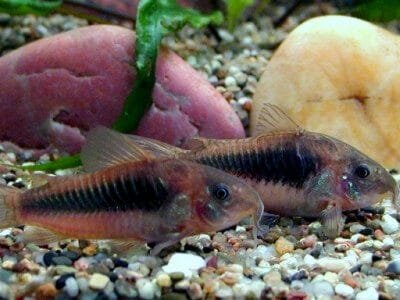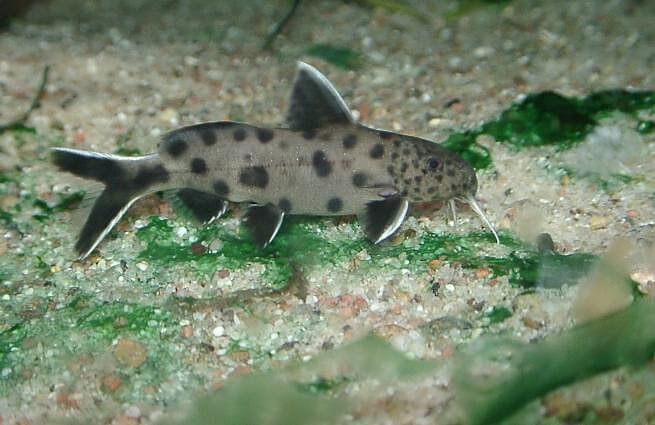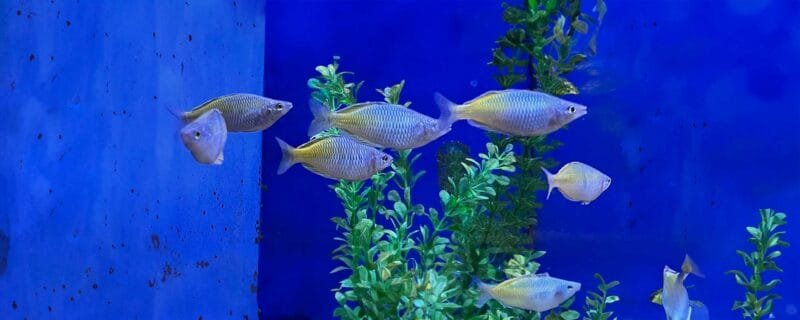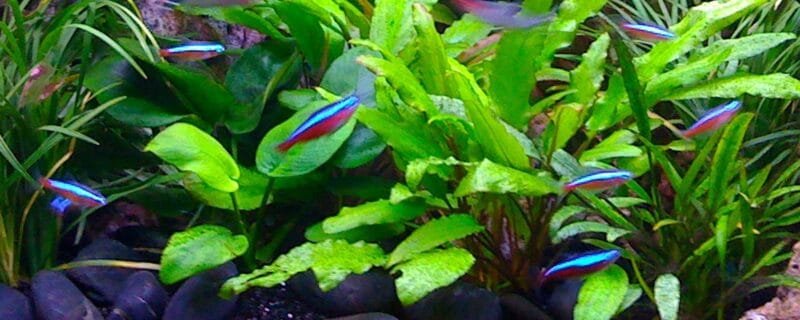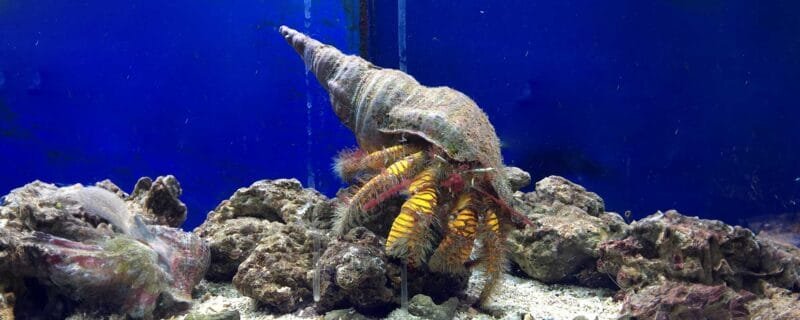The Iridescent Shark Catfish, scientifically known as Pangasianodon hypophthalmus, is a fascinating freshwater giant admired for its shimmering body and graceful swimming motion. Despite its name, this species is not a true shark but a member of the catfish family Pangasiidae. It is often called the Siamese Shark or Sutchi Catfish and is a popular aquarium fish for those who appreciate large, active species. However, this is a fish that requires serious consideration, as its adult size and space requirements make it unsuitable for most home aquariums.
Native Habitat
Native to the Mekong and Chao Phraya River basins in Thailand, Cambodia, Laos, and Vietnam, the Iridescent Shark Catfish thrives in large, flowing rivers and floodplains. In its natural environment, it migrates long distances during the rainy season to spawn and feed. These migratory instincts make it an active swimmer in captivity, where it prefers spacious tanks or even ponds to mimic its native river habitat.
Appearance and Size
The Iridescent Shark Catfish gets its name from the metallic sheen of its silvery-gray body, which glows with blue and green undertones under aquarium lighting. Juveniles have a more pronounced iridescence that fades slightly with age. Adult fish can grow to an impressive 3 to 4 feet (90 to 120 cm) in length and weigh up to 40 kilograms in the wild, though they typically remain smaller in captivity. Because of this size potential, they are better suited to public aquariums or very large private tanks (at least 300 gallons).
Diet and Feeding
In the wild, the Iridescent Shark Catfish is omnivorous, feeding on crustaceans, insects, small fish, and plant matter. In captivity, they accept a wide variety of foods including pellets, flakes, frozen shrimp, bloodworms, and vegetables such as peas or spinach. Providing a balanced and varied diet is key to maintaining their health and vibrant coloration. It’s also important to feed smaller amounts multiple times daily to mimic their natural feeding habits.
Sexing and Breeding
Sexing the Iridescent Shark Catfish is difficult, especially in young specimens. Mature females are generally rounder when viewed from above, while males are slightly slimmer. Breeding this species in a home aquarium is nearly impossible due to its large size and migratory spawning behavior. Most commercially available Iridescent Sharks are bred in large fish farms in Southeast Asia, where environmental cues such as temperature and water flow are manipulated to induce spawning.
Tank Setup and Water Conditions
The Iridescent Shark Catfish requires a massive aquarium with plenty of open swimming space. A tank of at least 300 gallons is recommended for adults. The ideal water temperature ranges between 72°F and 79°F (22°C – 26°C), with a pH level of 6.5 to 7.5 and soft to moderately hard water. Strong filtration and frequent water changes are essential due to their high waste output. A secure lid is a must—these fish are known to jump when startled.
To learn about proper tank setup for freshwater fish, check out our guide on setting up your first freshwater aquarium.
Tankmates and Compatibility
Despite their imposing size, Iridescent Shark Catfish are generally peaceful fish. They can coexist with other large, non-aggressive species such as Oscars, large Plecos, and Silver Dollars. However, they may accidentally injure or eat smaller fish due to their size and active swimming style. Avoid housing them with territorial or aggressive fish, as the Iridescent Shark is easily stressed. They are schooling fish by nature and prefer to be kept in small groups of three or more, provided the tank is large enough.
Ease of Care
While not aggressive or overly demanding in terms of diet, the Iridescent Shark Catfish is not recommended for beginners. Their size, activity level, and environmental needs make them challenging to house properly. Stress can easily lead to health problems such as cloudy eyes or body abrasions. They are also prone to panic when startled, which can result in injury if they collide with tank decorations or glass walls.
Behavior and Temperament
Iridescent Sharks are schooling fish that feel more secure in the company of their own kind. When kept alone, they may exhibit nervous or skittish behavior. They are active swimmers, often patrolling all levels of the aquarium. Their graceful motion and reflective sheen make them a stunning display species, but their large adult size requires significant space to thrive.
Species Variations and Albino Version
Several color variants of the Iridescent Shark exist, with the most common being the Albino Iridescent Shark Catfish. The albino variety has a pinkish-white body and red eyes, lacking the metallic hues of the standard form. Despite its pale appearance, it shares identical care requirements and behavior traits. Albino Iridescent Sharks are often more sensitive to light and may benefit from subdued lighting and ample hiding spaces.
Health and Common Issues
Like many large freshwater species, the Iridescent Shark is susceptible to stress-related ailments when housed in tanks that are too small. Common issues include skin abrasions, fin damage, and infections due to poor water quality. Regular maintenance, high oxygen levels, and proper diet help prevent health problems. Quarantine new fish before introduction to minimize disease risk.
Similar and Compatible Species
For aquarists seeking large yet peaceful companions, consider tankmates such as Redtail Catfish, Clown Loaches, or Sailfin Plecos. Always ensure the tank is large enough to accommodate multiple large species without overcrowding.
Summary
The Iridescent Shark Catfish is a striking and powerful freshwater fish that captivates aquarists with its size and shimmering appearance. While it’s an excellent species for public aquariums and dedicated enthusiasts with large tanks, it’s unsuitable for small or medium home setups. Proper housing, diet, and care are vital to ensure this majestic fish thrives in captivity.
FAQs about the Iridescent Shark Catfish
1. How big does an Iridescent Shark Catfish get?
In captivity, Iridescent Sharks can reach 2 to 3 feet, though in the wild they can grow up to 4 feet. Their size requires very large aquariums or ponds.
2. Can Iridescent Sharks live with smaller fish?
No, smaller fish may be eaten accidentally or out of curiosity. They should only be kept with other large, peaceful fish.
3. How long do Iridescent Sharks live?
With proper care and suitable living conditions, Iridescent Shark Catfish can live up to 20 years in captivity.

